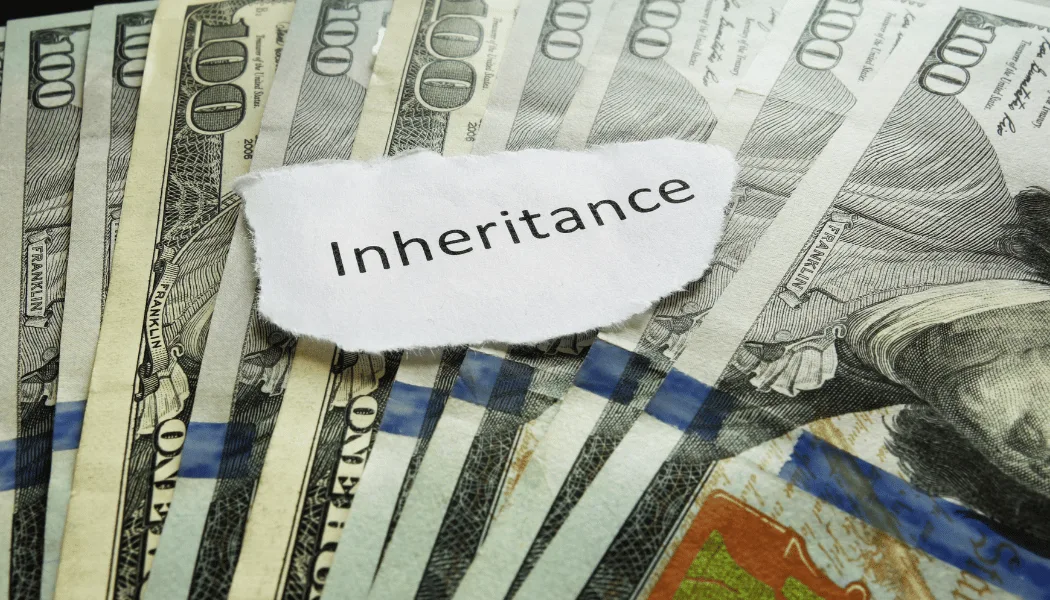Simply put, the 1031 exchange is an exchange of one real estate investment property for another that allows capital gains taxes to be deferred. By exchanging your appreciated investment or rental property rather than selling it, you may avoid immediate tax on the potential gain.
Learn how Savvy Investors Use Like-Kind Exchange to Defer Capital Gains Taxes.
You can defer tax on the gain through a “like-kind” exchange. Internal Revenue Code § 1031 provides the rules for this. IRC Section 1031 has many moving parts that real estate investors must understand before attempting its use: A taxpayer may sell an investment or business property (relinquished property) and defer tax on the gain if the taxpayer reinvests in a similar property (replacement property). Nonrecognition treatment doesn’t apply to personal property and real property held primarily for sale.
The reason for the nonrecognition treatment is that the taxpayer continues to be invested in the same kind of property and has not cashed out of a real estate investment or business. Therefore, taxes are deferred until the taxpayer does cash out and sells the property outright.
This article will provide an overview of the rules related to a like-kind exchange. It should be noted that in 2021, the Biden Administration sought to revise the benefits of the tax deferral, but those changes were not approved under the Build Back Better legislation. Also, the Inflation Reduction Act of 2022 which was recently passed in August did not alter the rules either. However, taxpayers need to be apprised of this and monitor this potential issue.
Basic Requirements of a Like-Kind Exchange
IRC § 1031 is very form-driven, and taxpayers must satisfy several requirements, or the deferral fails. One important requirement is that the transaction must be structured as an exchange. This means that taxpayers cannot sell, obtain the proceeds, and then buy a replacement property. Rather, they must either trade the property directly or use the deferred exchange rules described below.
Timeline
In a deferred exchange, a taxpayer must identify the replacement property within 45 days (the identification period) and receive it within 180 days (the exchange period). While the tax law allows deferred exchanges, it requires time limits for them to occur.
Basis
Taxpayers take the same “basis” in the replacement property that they had in the relinquished property. Like-kind exchanges are reported on Form 8824 – and this form tracks the basis of the relinquished and replacement properties.
When a property is exchanged solely for another property of a like-kind, computing the basis in the replacement property is straightforward. In that case, the taxpayer’s basis in the replacement property is the taxpayer’s adjusted basis in the relinquished property.
However, the computation of basis is more complicated when the exchanged properties are not equal in value, so money or other property (boot) is transferred or received. If “boot” is involved, the gain is recognized, but only up to the amount of boot received in the exchange.
Also, if the property that is exchanged is subject to debt from which the taxpayer is being relieved, the amount of the debt is treated as boot. The theory is that if someone takes over your debt, it’s the equivalent of providing cash.
Deferred Exchanges
As noted above, for like-kind exchange treatment to apply, there must be an exchange of real properties that are of like-kind and have been held for productive use in a trade or business or for investment. The transaction must be an exchange – not a transfer of property for money that is then used to acquire the replacement property. A sale of property followed by a purchase of another property (that is of a like-kind to the property sold) doesn’t qualify for nonrecognition of gain or loss under IRC § 1031.
Often the properties cannot be exchanged immediately or simultaneously. For this reason, the law permits deferred exchanges. A “deferred exchange” occurs when a taxpayer, under an agreement, transfers the property and later receives like-kind property. To qualify as a deferred exchange, the taxpayer must identify the replacement property before the end of the “identification period,” and receive the replacement property before the end of the “exchange period, as described above. Taxpayers can accomplish a deferred exchange using safe harbor transactions such as a qualified intermediary or guarantee arrangement. Moreover, the transactions become more complex when they involve related parties or Delaware Statutory Trusts.
RVG and Company
While the fundamental principles of the like-kind exchange appear straight-forward, complexities can arise with the calculation of basis and depreciation along with the use of deferred exchanges and the application of the safe harbor rules.
If you would like to discuss the benefits, rules and strategies related to like-kind exchanges, please contact RVG & Company today! (954) 233 1767 | customerservice@rvgco.cpa
DISCLAIMER: The information covered in this article is not intended to provide and should not be relied on for tax, accounting, or legal advice; instead, all information, content, and materials informed are for informational purposes only. Consult your tax, legal, or accounting advisor before taking action. If you require advisory services, please contact our office.



